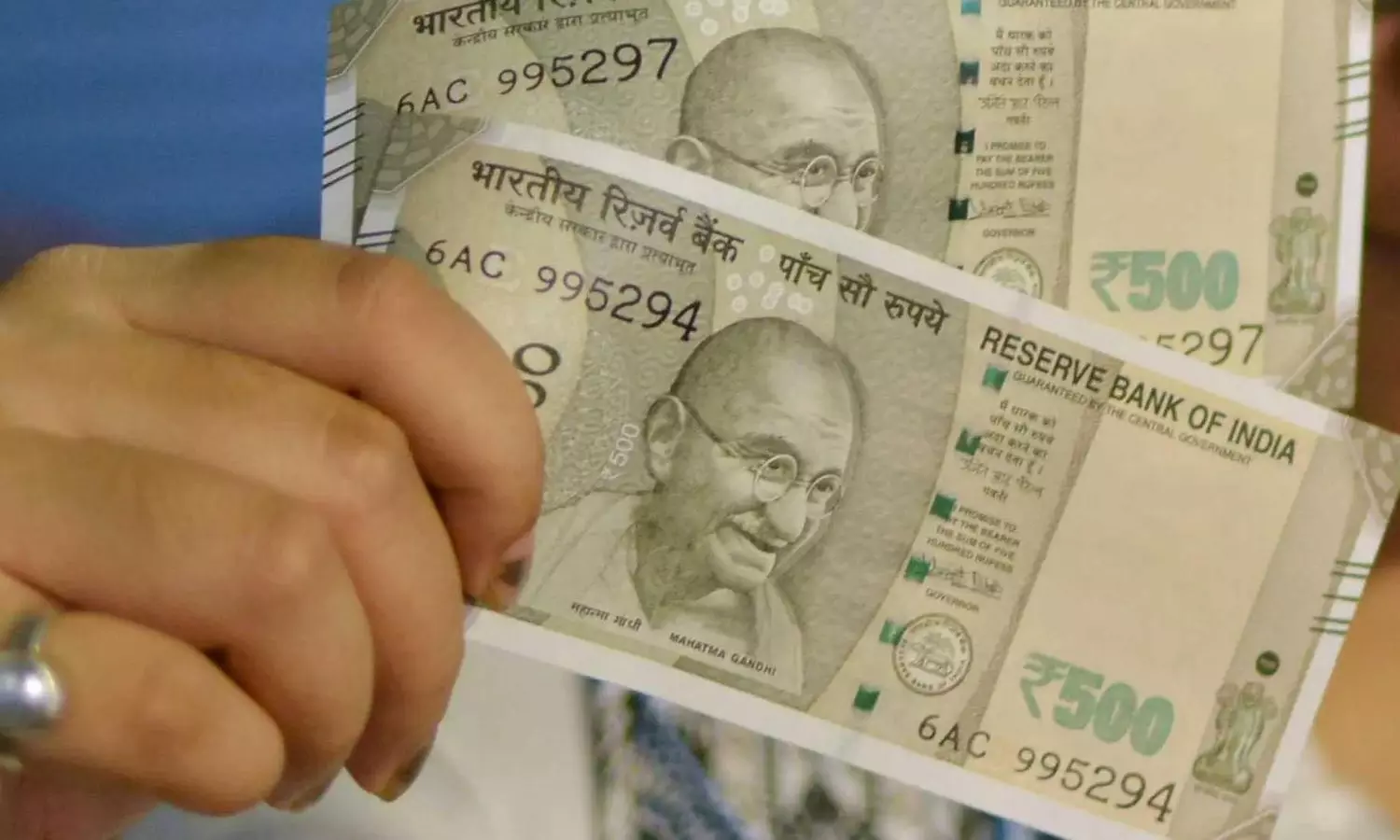Gandhi on Indian Currency: Legacy, History, and Controversy
In 1987, the Rs 500 note was reintroduced by the Rajiv Gandhi government, and this was the first time Gandhi's picture appeared on it.
In 1987, the Rs 500 note was reintroduced by the Rajiv Gandhi government, and this was the first time Gandhi's picture appeared.

A nation’s currency tells a unique story of its history, culture, and heritage through the symbols and images it carries.
Many countries honor their founding leaders on their notes, such as George Washington in the US, Mohammad Ali Jinnah in Pakistan, and Mao Zedong in China. In India, Mahatma Gandhi is featured on our currency.
However, his image was initially not accepted for currency notes after independence, and it took some time before he became the face of Indian money.
Although it seems fitting for Gandhi, as the Father of the Nation, to appear on currency after independence, he wasn’t the initial choice.
The Reserve Bank of India (RBI) explains the selection process for currency visuals: "The transition of currency management from colonial rule to independent India was reasonably smooth. Midnight, August 14, 1947, marked Indian independence. The Republic was established on January 26, 1950. During this interim period, the Reserve Bank continued issuing existing notes.
In 1949, the Government of India introduced the new Re. 1 note, needing to choose symbols for independent India.
Initially, there was a proposal to replace the King’s portrait with that of Mahatma Gandhi.
However, the consensus ultimately favored the Lion Capital at Sarnath instead of Gandhi’s portrait, so the new notes largely followed previous designs."
After India became independent, its banknotes showed the country’s culture and growth.
Notes from the 1950s and 60s featured beautiful animals like tigers and deer, as well as important symbols of progress like the Hirakud Dam and the Aryabhatta satellite.
They also showed famous places like the Brihadeeswara Temple.
These designs celebrated India’s modernisation and its rich heritage. It wasn’t until 1969, during the celebrations of Gandhi's 100th birthday, that his picture appeared on a currency note, showing him sitting with his Sevagram Ashram in the background.
In 1987, the Rs 500 note was reintroduced by the Rajiv Gandhi government, and this was the first time Gandhi's picture appeared on it.
Then, in 1996, the RBI launched the Mahatma Gandhi Series, adding security features like watermarks and threads, making Gandhi the permanent face on all Indian currency notes.
Debate Over Gandhi's Image
In recent years, various groups have occasionally called for replacing Gandhi’s image on currency notes with figures like Jawaharlal Nehru, Subhas Chandra Bose, Sardar Patel, or even deities like Lakshmi and Ganesha.
In 2016, then Minister of State for Finance Arjun Ram Meghwal stated that a committee formed during the UPA had already decided there was no need to change Gandhi's photo.
Meanwhile, Finance Minister Arun Jaitley clarified that the government consults with the RBI regarding currency design and circulation decisions.
When asked about honoring B.R. Ambedkar on currency to mark his 125th birth anniversary, Meghwal noted that the government had issued commemorative coins but had not introduced a note.
In 2022, the Aam Aadmi Party (AAP) sparked controversy by suggesting that images of Goddess Lakshmi and Lord Ganesha be added to Indian notes to promote prosperity. This proposal ignited a heated debate, drawing criticism from opposition leaders and the ruling Bharatiya Janata Party.
Mahatma Gandhi's great-grandson, Tushar Gandhi, expressed his disappointment about Gandhi not being included in the digital rupee design, criticizing the RBI and the government for ignoring his great-grandfather's legacy.
Gandhi's Enduring Influence
American civil rights leader Martin Luther King Jr. said, “Gandhi was inevitable. If humanity is to progress, we can’t ignore him.”
Gandhi’s influence is significant, seen in his presence on our currency and in his lasting ideals of peace, non-violence, and social justice that still shape India today.

